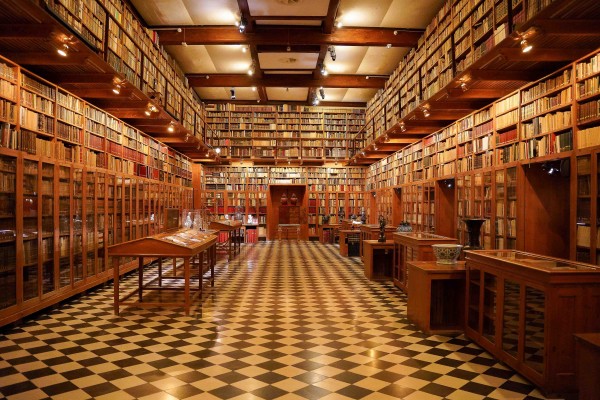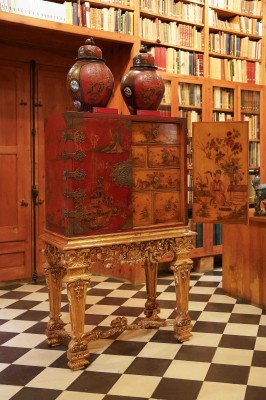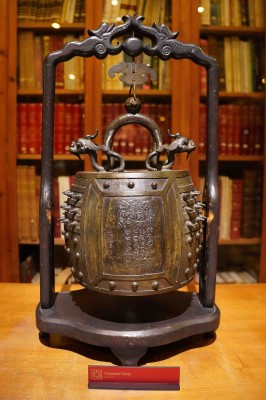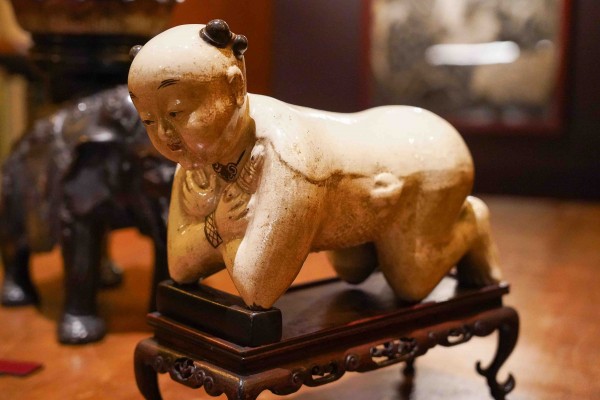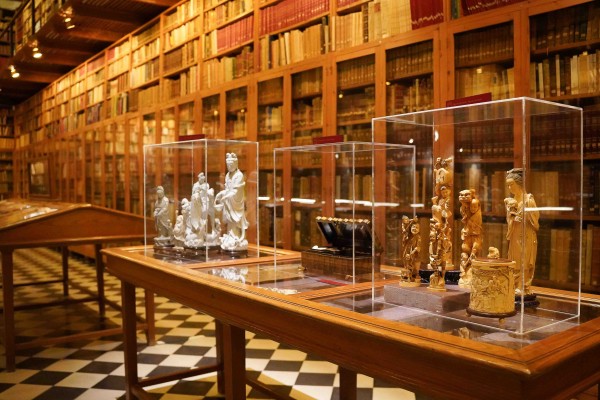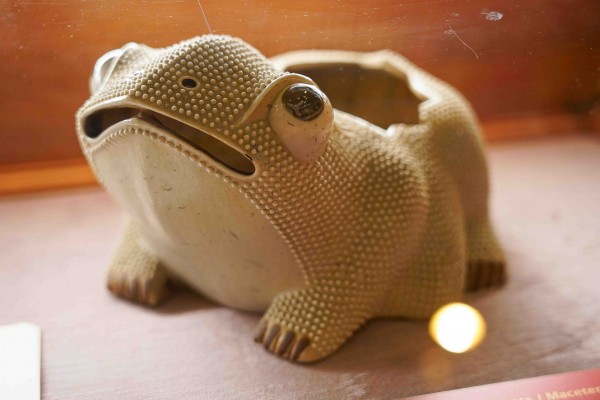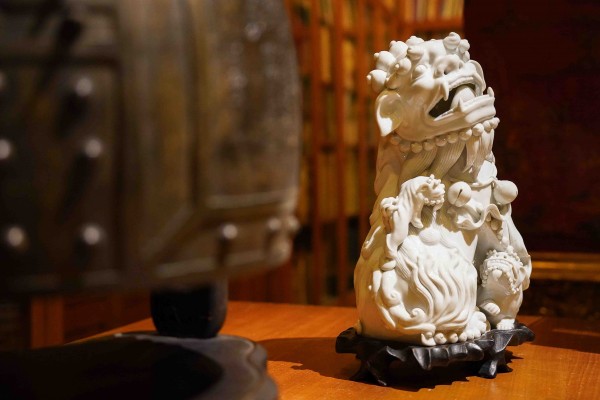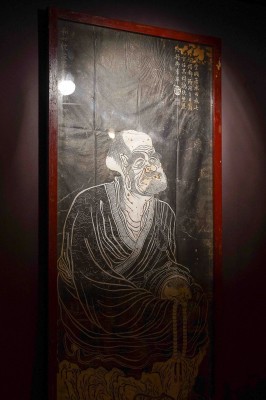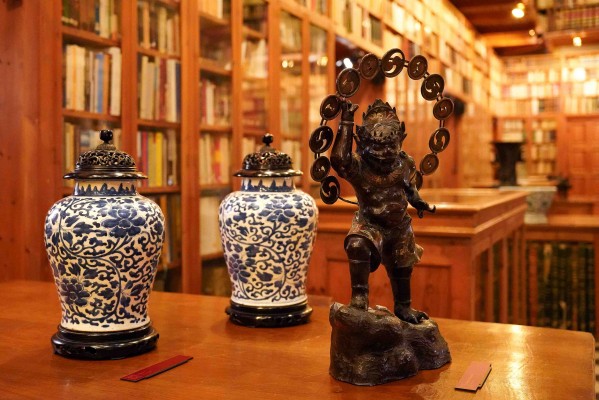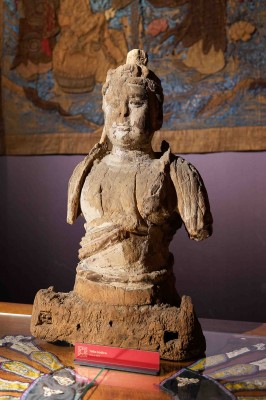THE ORIENTAL ART COLLECTION: The Legacy of Patronage
The Oriental Art collection is one of the least known parts of Peralada Castle artistic heritage, as it is not part of the Museum’s itinerary.
We owe the birth of this collection to Damián Mateu i Bisa (1864-1935), who decided to purchase objects of oriental art as a form of patronage to deposit them in the Museums of Barcelona. In his many travels, Damien had experienced first-hand the time’s passion for Asian art and was particularly sorry that his hometown lacked a museum on a par with other European and American cities. This was his main motivation for building the collection, together with his passion for collecting, which he had already begun to practise some time ago.
The first purchases were made in 1932 and continued until the year of his death in 1935. From today’s perspective, it is curious to see all the documents, most of them handwritten or typed, describing the items, the arguments for purchasing them and appraisals of the value of the works, all sealed with the signature of the interested parties. This collection of letters acts as the exhibition’s unifying thread, showcasing Damián Mateu’s interest in consolidating his legacy with as much information as possible.
As mentioned, the ultimate aim of this collection was to deposit these works at the Junta de Museus de Barcelona, specifically at the Museu de les Arts Decoratives (“Decorative Arts Museum”), in the Royal Palace of Pedralbes. Mateu’s first major purchase was the collection of the Barcelona artist Josep Porta, created in Berlin, and which had initially been offered to the Junta. In 1933, these items were set up in the Museum’s “Sala Mateu”; over time, his successive acquisitions would come to occupy five rooms. These rooms were inaugurated on 17 February 1935.
The percentage of Chinese objects is the highest by far, but the collection also includes items from Japan and South-east Asia (Cambodia, Thailand…), as well as some examples of Khmer art. It’s safe to say that Damián Mateu was one of the first, if not the first, to have items of this style in Catalonia. This is why we tend to head ir described as the Chinese art collection, but the correct term would be the Oriental art collection, encompassing the entire range of the repertoire.

